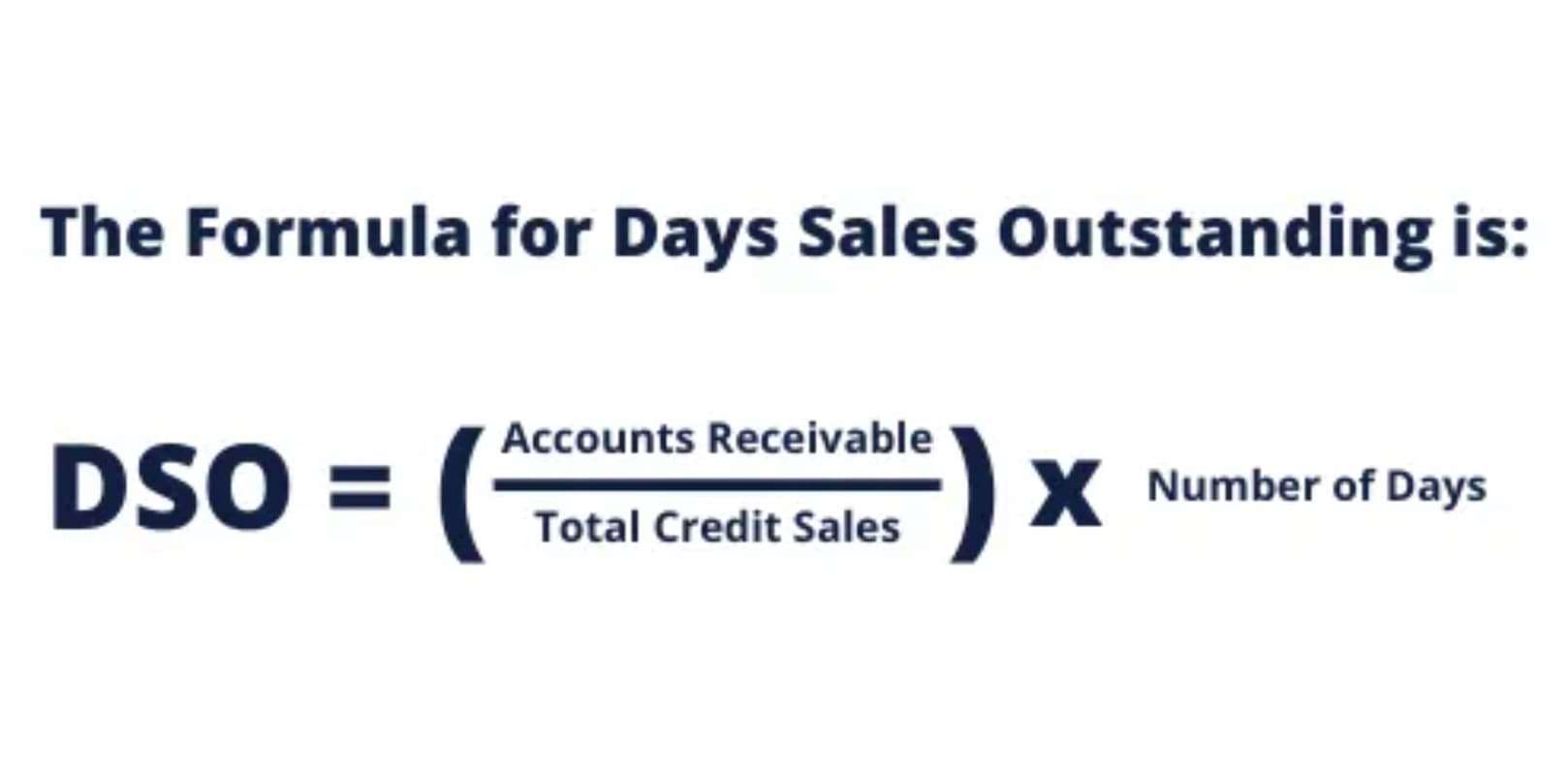
To find your NWC, you’ll need the Balance Sheets from two consecutive periods (a period can either be a fiscal quarter or a year). Calculate NWC for each period by subtracting the current liabilities from current assets. Management makes informed decisions about investments, divestitures, or replacements by assessing which assets yield strong cash flows and which don’t.
How to Calculate Cash Flow from Assets

The final figure in this section should be your Operating Cash Flow, https://www.bookstime.com/articles/total-manufacturing-cost which represents cash generated (or used) in the business’s core operations. Cash flows are reported on a cash flow statement, which is a standard financial statement that shows a company’s cash sources and use over a specified period. Corporate management, analysts, and investors use this statement to judge how well a company is able to pay its debts and manage its operating expenses. The cash flow statement is one of several financial statements issued by public companies, which also include a balance sheet and an income statement. The resulting figure is your net capital spending (NCS), which indicates the net cash used for or received from investments in the company’s long-term assets.
Beginning NWC
- Efficient management of accounting-related processes also plays a significant role in boosting CFFA.
- While “cash flow from assets” isn’t a standard accounting term, it is important because this measure plays a significant role in the context of financial and investment analysis.
- Financing activities include transactions involving the issuance of debt or equity, and paying dividends.
- Accelerating the collection of accounts receivables through early payment discounts and proactive credit policies can expedite cash inflows.
- Though high NCS reduces short-term cash flow, it might indicate long-term growth initiatives, such as building new facilities or upgrading technology.
This reduces cash flow from assets equals: CFFA and leaves less cash available for other purposes, such as debt repayment and shareholder returns. The cash flow from assets (CFFA) can be alternatively termed as the free cash flow to the firm (FCFF). Securing favorable credit terms as a buyer can help you keep cash on-hand for longer. For example, rather than operating on net 15 payment terms, you could push to operate on net 30 payment terms, giving yourself more time to pay, which can improve your cash flow. It is calculated by taking cash received from sales and subtracting operating expenses that were paid in cash for the period.

Global payments
- This is simply the change in the common stockand paid-in surplus account.
- The cash flow statement acts as a corporate checkbook to reconcile a company’s balance sheet and income statement.
- Putting all your marbles in a single basket is always a risky business strategy.
- Profit is the amount of money the company has left after subtracting its expenses from its revenues.
- The resulting figure is your NCS, representing the net cash used for or received from investments in the company’s long-term assets.
- The resulting figure is the cash flow from assets, which indicates the total cash generated or used by the company’s assets during the period.
Net new borrowing is simply the difference between thefirm’s ending long-term debt and its beginning long-termdebt. Factoring with altLINE gets you the working capital you need to keep growing your business. This might mean renting out unused space or machinery, ensuring equipment operates at optimal capacity, or diversifying product lines.


Of these Depreciation is the only element that does not have acashflow component. Therefore, adding Depreciation to D Fixed Assets, gives us Capital Spending, acategory which only includes the cashflow elements of the changein fixed assets. Ways to optimize your operations can include improving supply chain management, reducing downtime in production, and implementing lean manufacturing practices. Cash flow refers to the amount of money moving into and out of a company, while revenue represents the income the company earns on the sales of its products and services.
However, it doesn’t consider the cash flow from financing activities such as issuance of stocks or buyback. While depreciation is an expense that reduces a company’s net income, it doesn’t represent an actual cash outflow. As a result, depreciation is added back into the cash flow statement to determine the real cash generated by operating activities. Companies with a positive cash flow have more money coming in than they are spending.
Cash flow from assets (CFFA) is the total cash flow generated by a company’s assets, excluding cash flow from financing activities. It reflects a company’s ability to generate cash inflows from its main operations using its current and fixed assets. The first step in calculating CFFA is determining Operating Cash Flow, though you may also see this referred to assets = liabilities + equity as cash flow from operations. Locate the “Cash Flow from Operating Activities” section (this is also sometimes called Cash Flow from Operations).

By streamlining processes, businesses can minimize waste and inefficiencies, ultimately reducing operational costs and enhancing cash flow. This may involve implementing lean manufacturing practices, improving supply chain management, and minimizing downtime in production. Determine your company’s change in net working capital (𐤃 NWC) by comparing the balance sheets from two consecutive periods, such as fiscal quarters or years. Calculate the NWC for each period by subtracting current liabilities from current assets.